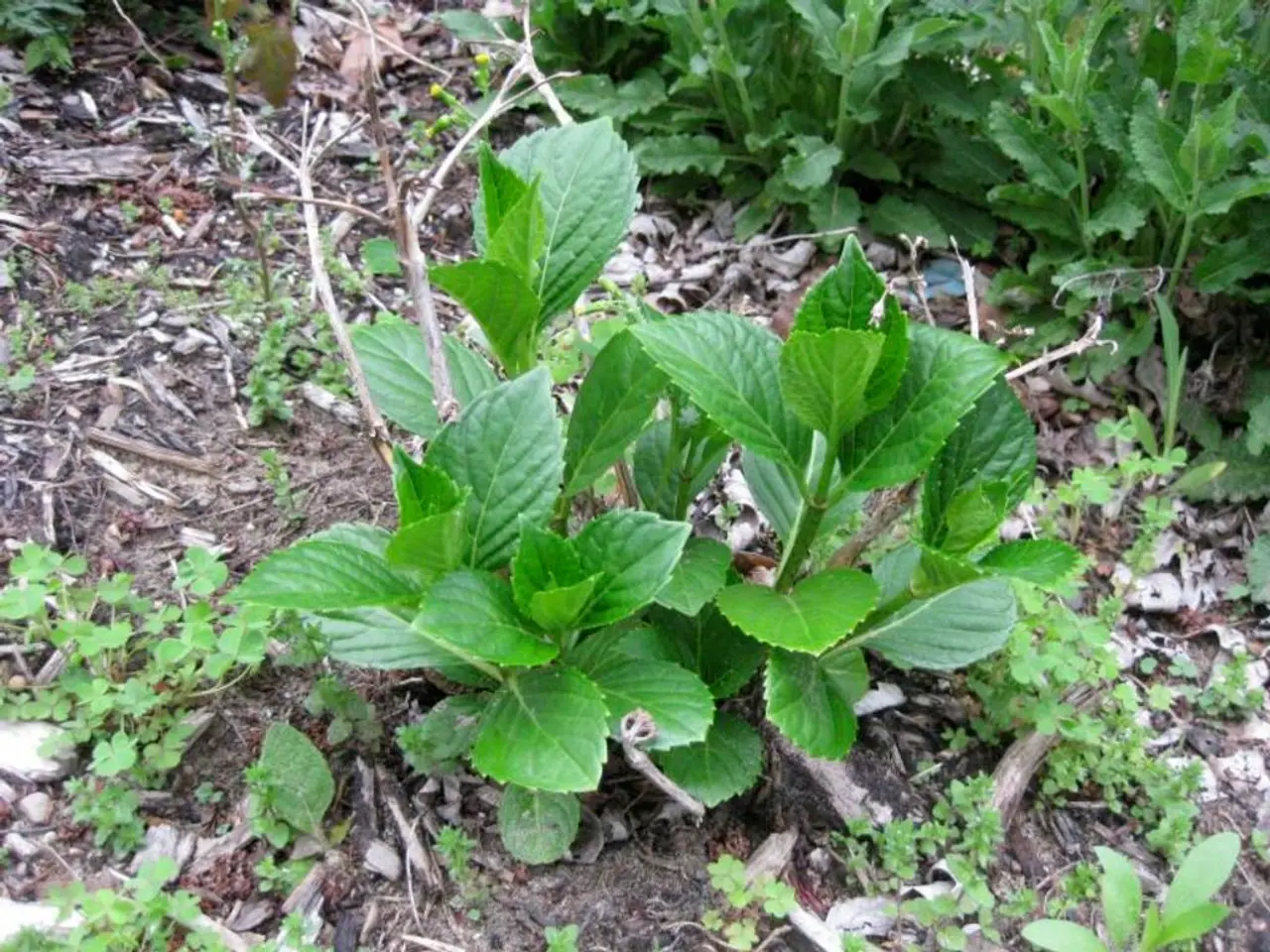Grow and Use Chervil: The Anise-Flavored Herb for Cool Seasons
Chervil, a popular herb in French cuisine, is known for its anise-like flavour and delicate, parsley-like leaves. Also called French parsley, it's a cool-season herb that thrives in partial shade and well-drained, fertile soil. Here's how to grow and use this versatile herb.
Chervil is a hardy plant, growing well in USDA hardiness zones 4-9. It prefers cool, moist conditions and can tolerate full sun or partial shade. To grow chervil from seed, start indoors four weeks before the last frost. Once soil temperatures reach at least 45°F, transplant the seedlings with adequate spacing of 8 inches apart to prevent overcrowding.
Harvest chervil before it flowers, as the leaves lose their taste once this happens. In Germany, chervil is typically planted in cool, moist, partially shaded environments with well-drained, fertile soil. For a fall crop, sow seeds at the end of summer. However, be mindful that chervil can wilt in hot midsummer weather.
To maximize its flavour, use freshly cut chervil leaves or stems and add them to dishes just before serving. Its feathery leaves and white parasol-like flowers make a delightful garnish.
Chervil, with its unique anise-like flavour, is a valuable addition to any kitchen garden. By understanding its growing preferences and harvesting techniques, you can enjoy this 'fine herb' in your dishes throughout the season.
Read also:
- Tata Motors Establishes 25,000 Electric Vehicle Charging Stations Nationwide in India
- Tesla's Nevada workforce has escalated to a daily output of 1,000 Powerwall units.
- AI-Enhanced Battery-Swapping Station in Southeast Asia Officially Opens Its Doors
- HAW Hamburg's Pilot Plant Transforms Waste into Climate-Neutral Fuel








